June 30, 2015
Settings, silence, serendipity, wellbeing and other lessons from Neocon
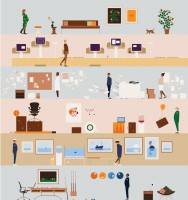 The trick with visits to exhibitions like Neocon, the huge office design event which has just wrapped up in Chicago, is to stay focussed on the wood as much as the trees. So as well as identifying new products, you can also work out the themes pursued by the exhibitors and organisers which are invariably based on the ideas they are currently discussing with their clients. The show becomes a microcosm of what is happening in the outside world. At this year’s Neocon, some of the most readily identifiable themes included the dissipation of the workplace, the creation of work settings, privacy, ergonomics, wellbeing and serendipity. With the possible exception of the age old problem of ergonomics, these all relate to our changing relationship with work and workplaces, not least how we can work from anywhere and what this means both functionally and aesthetically.
The trick with visits to exhibitions like Neocon, the huge office design event which has just wrapped up in Chicago, is to stay focussed on the wood as much as the trees. So as well as identifying new products, you can also work out the themes pursued by the exhibitors and organisers which are invariably based on the ideas they are currently discussing with their clients. The show becomes a microcosm of what is happening in the outside world. At this year’s Neocon, some of the most readily identifiable themes included the dissipation of the workplace, the creation of work settings, privacy, ergonomics, wellbeing and serendipity. With the possible exception of the age old problem of ergonomics, these all relate to our changing relationship with work and workplaces, not least how we can work from anywhere and what this means both functionally and aesthetically.






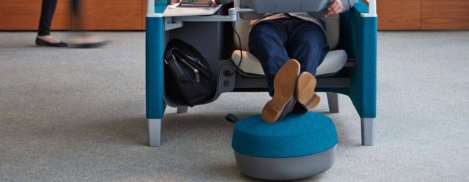










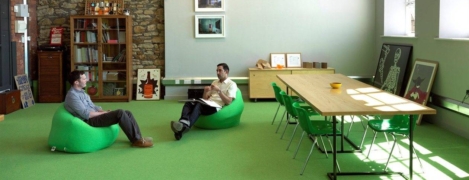
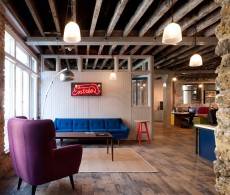


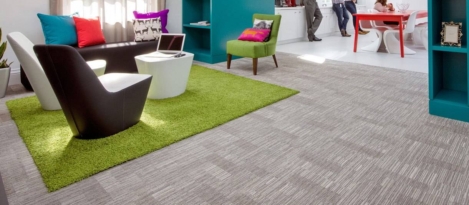
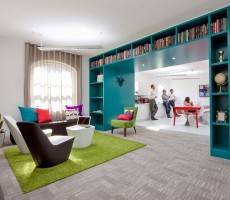




















July 1, 2015
Three ways in which the business case for green building design is moving on
by Dan Callegari • Architecture, Comment, Environment, Facilities management, Workplace design
More →